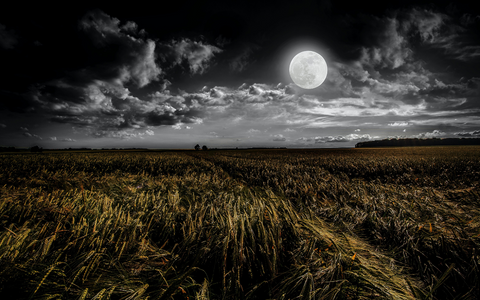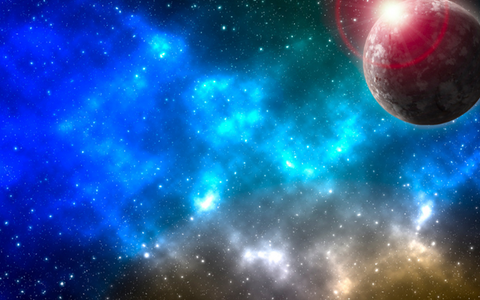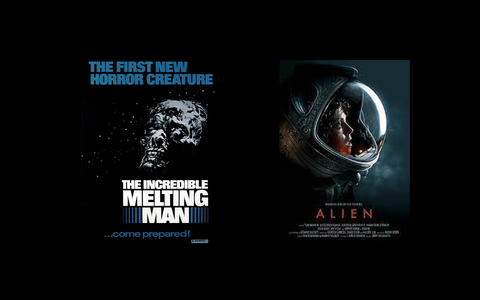We've all been there. The moon looks magnificent and you want to capture it's beauty for all to see. But on your phone camera, you see a fuzzy small globe in the sky -- something drastically different from what you see with your naked eye.
If you've been wanting to master your Moon photography skills, then this blog is for you. With the help of a DSLR (or mirrorless) camera and a couple of good lenses and a tripod, you can easily start capturing some impressive lunar photos.
Choosing The Right Gear
It's better to spend more money on expensive camera lenses, than on a camera body. Image sharpness & quality color correction are important for top notch results. While you will need to make an initial investment in a decent DSLR camera/lenses, the wide variety of camera and lenses available today make it possible to do lunar photography on a relatively moderate budget.
Wide Field Lunar Photography

This is landscape-based photography with the moon in the scene of the image. This type of photography will require lenses of around 10-50mm focal length. A quality, wide field zoom lens is a great choice. Stay clear of lower quality, cheap lenses if possible. Typically you’ll be shooting at pretty low ISO of 100-400. Exposure times will vary depending upon the lighting but if you're shooting between f/6.5 and f/9 you'll likely get a well balanced shot.
Typically the best times to shoot these wider field lunar photos are during sunset or sunrise, or when the Moon is next to one of the brighter planets in the sky.
Close-Up Lunar Photography

Close-up photos present lots of different considerations. For shooting at high focal lengths, a stable tripod can be very useful. We prefer using the 'Live View' feature for close-ups and zooming in to really capture a clear view of what the camera is seeing.
The phase of the moon itself will also play a key role in the appearance of features that are visible in close-up photos. When the Moon is close to full, the disk can look quite flat due to the directing solar lighting.
A better time to try taking close-up photos is when the Moon is well away from being full – around half phase.
In regards to camera settings, ISO should be low at about 200-400 and the exposure should be short. The Moon is a moving object and so is the Earth, which means long exposure times won't produce great results. It's also important to stop down the f-ratio a little. Many lenses produce their sharpest images when not wide open --using f/4 to f/9 instead of f/2.8 for example.
Of course, there are exceptions like during lunar eclipse. During this astronomical event, the Moon becomes fully or partially emerged within the Earth's shadow. This calls for longer exposure times, and higher ISO settings.
A Worthwhile Investment

The beauty of Moon photography is that the Moon is always presenting itself in different forms to us Earthlings. From full Moons to crescents, eclipses and more, you will have many opportunities to capture memorizing photos of our closest celestial planet.






